Let’s explore the following topics:
All Types of Braces and Their Prices in Malaysia: A Complete Guide
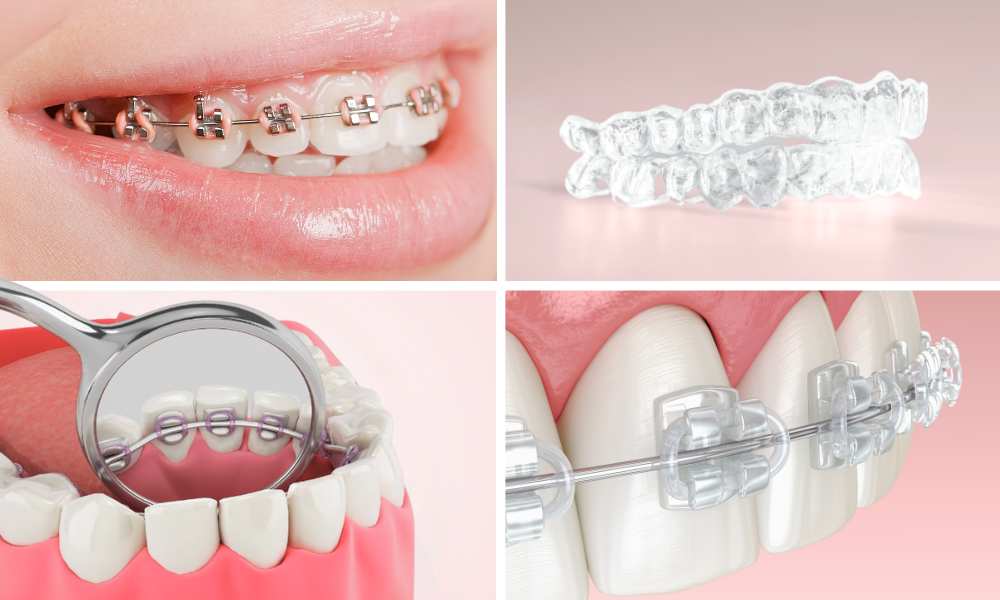
Let’s explore the following topics:

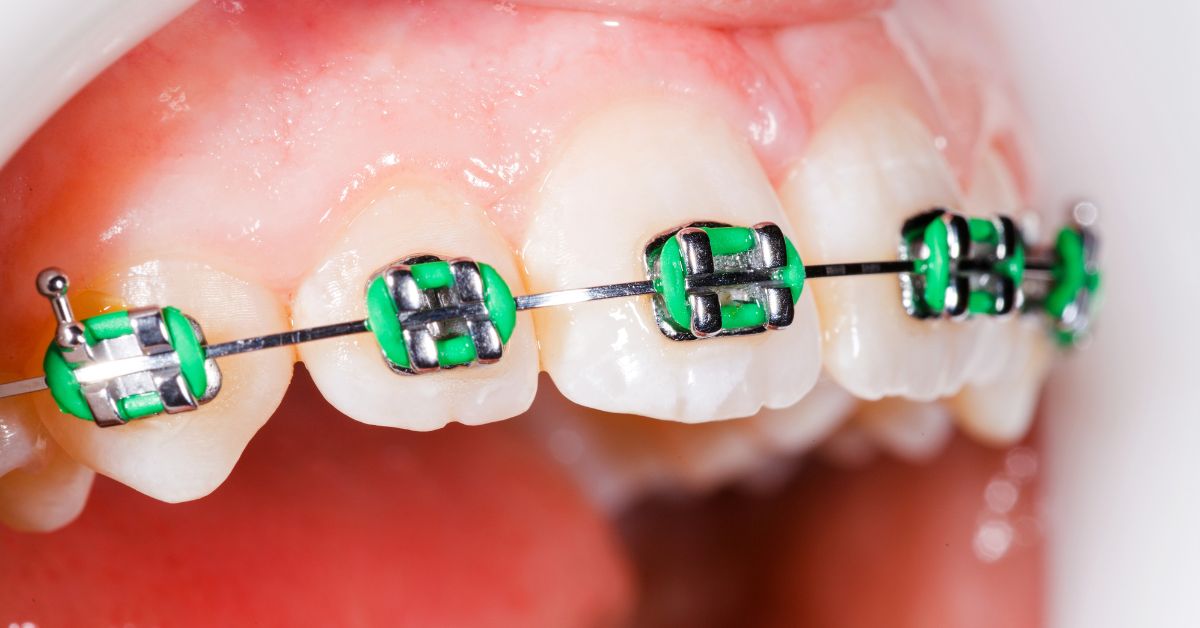 Metal braces are well known for its use to fix dental conditions such as overbite, underbite, crowded teeth and many other teeth bite problems. Since they are widely available, people tend to opt for metal braces to address their dental issues.
Metal braces are well known for its use to fix dental conditions such as overbite, underbite, crowded teeth and many other teeth bite problems. Since they are widely available, people tend to opt for metal braces to address their dental issues.
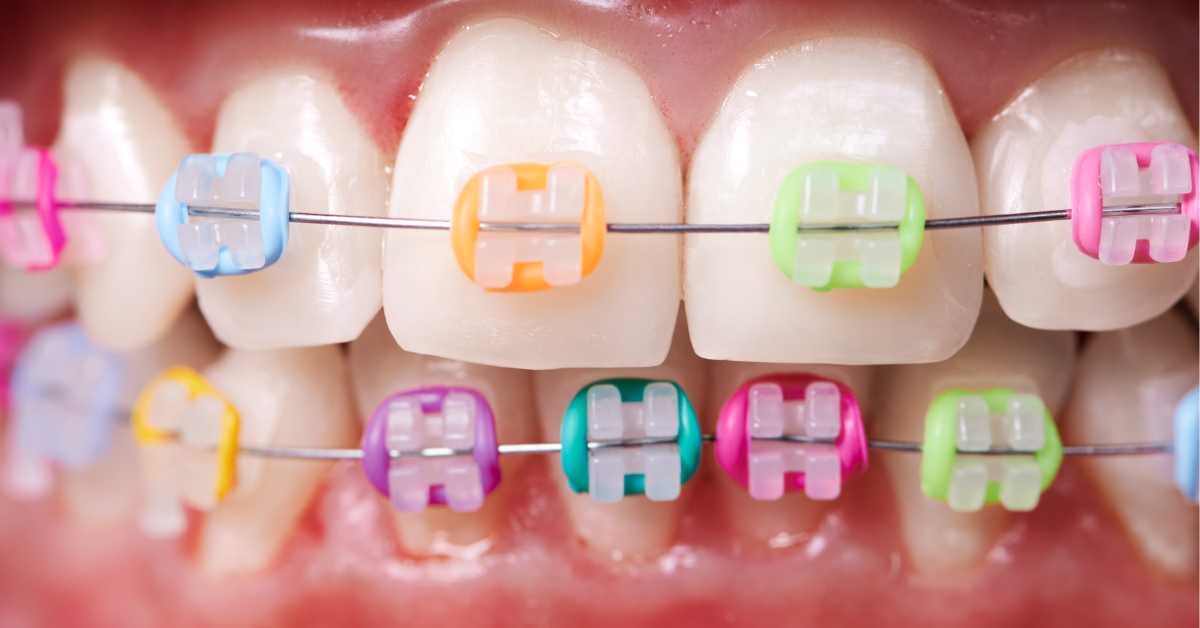 If you're seeking a more inconspicuous alternative to traditional metal braces, ceramic braces could be an excellent choice. Let's explore their advantages and disadvantages to determine if they align with your expectations.
If you're seeking a more inconspicuous alternative to traditional metal braces, ceramic braces could be an excellent choice. Let's explore their advantages and disadvantages to determine if they align with your expectations.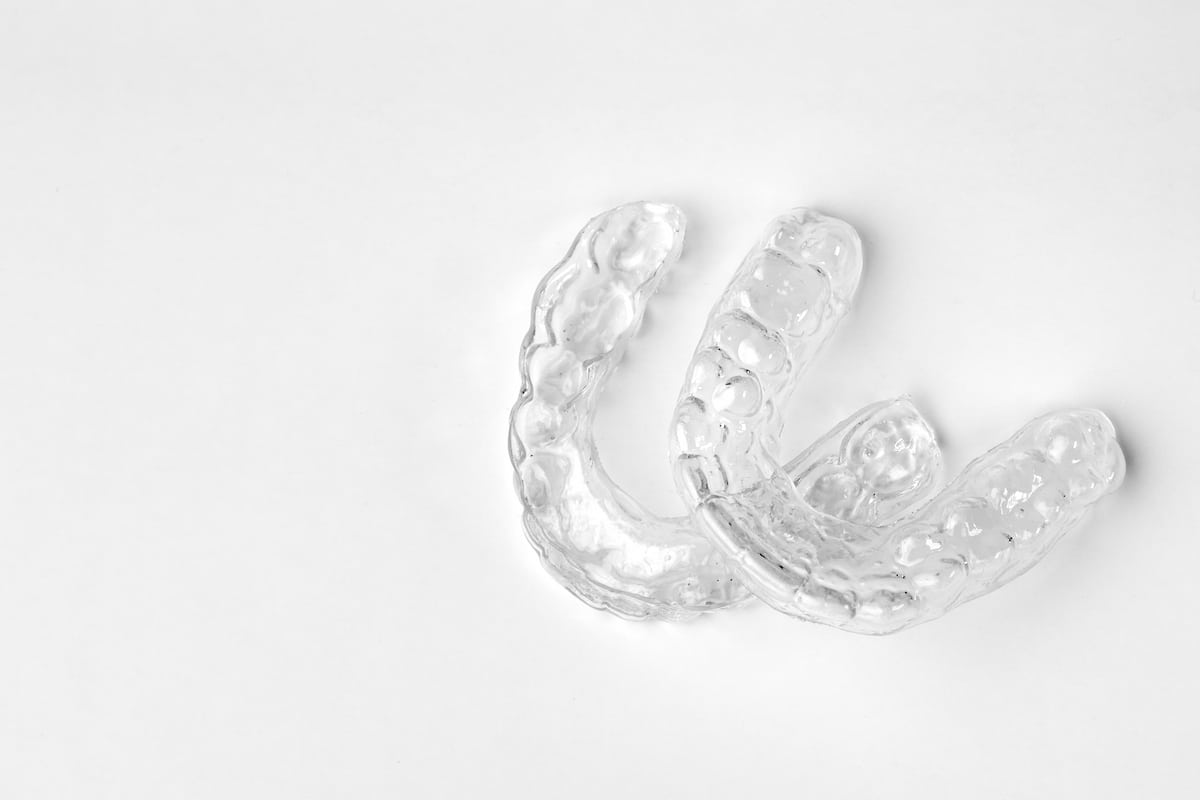 Then, how about invisible braces (or clear aligners)? They are custom made, removable trays that are used to straighten your teeth.
Then, how about invisible braces (or clear aligners)? They are custom made, removable trays that are used to straighten your teeth.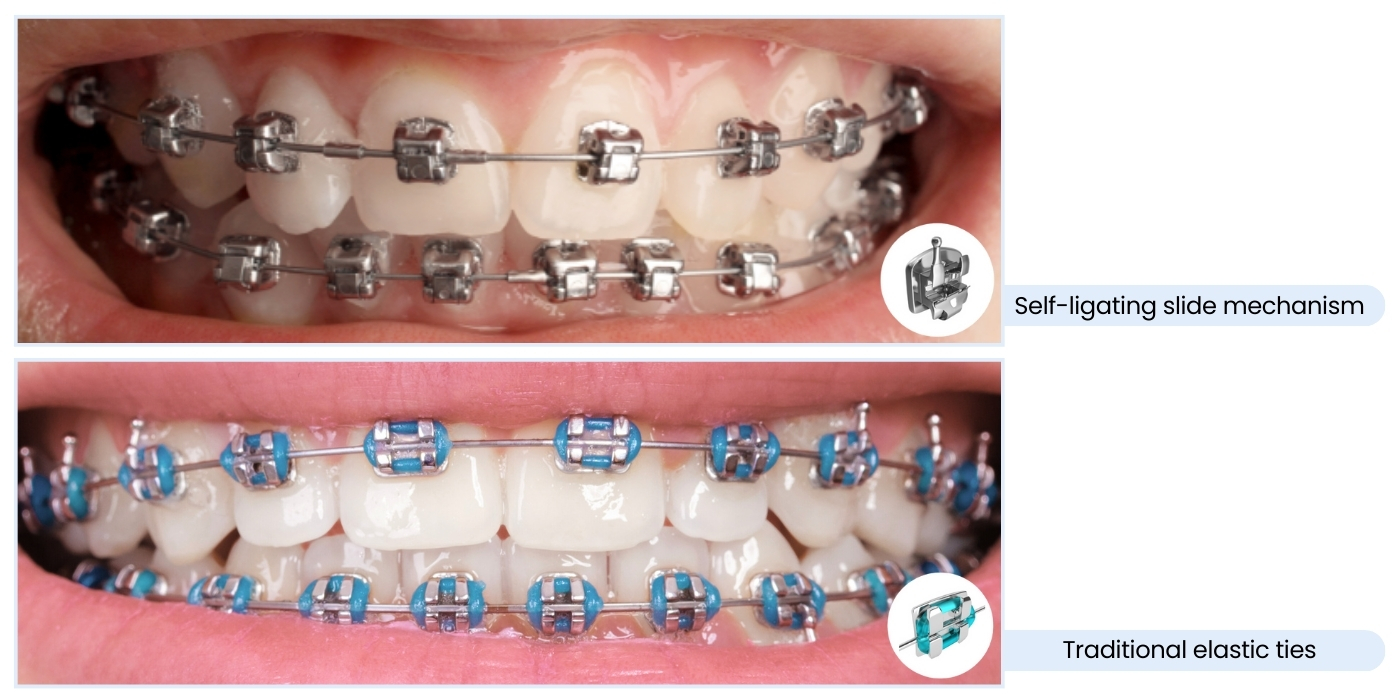 Self-ligating braces are a less common but innovative alternative to traditional metal braces. They feature built-in slide mechanism brackets that replace elastic bands, allowing smoother and more consistent tooth movement.
Self-ligating braces are a less common but innovative alternative to traditional metal braces. They feature built-in slide mechanism brackets that replace elastic bands, allowing smoother and more consistent tooth movement.
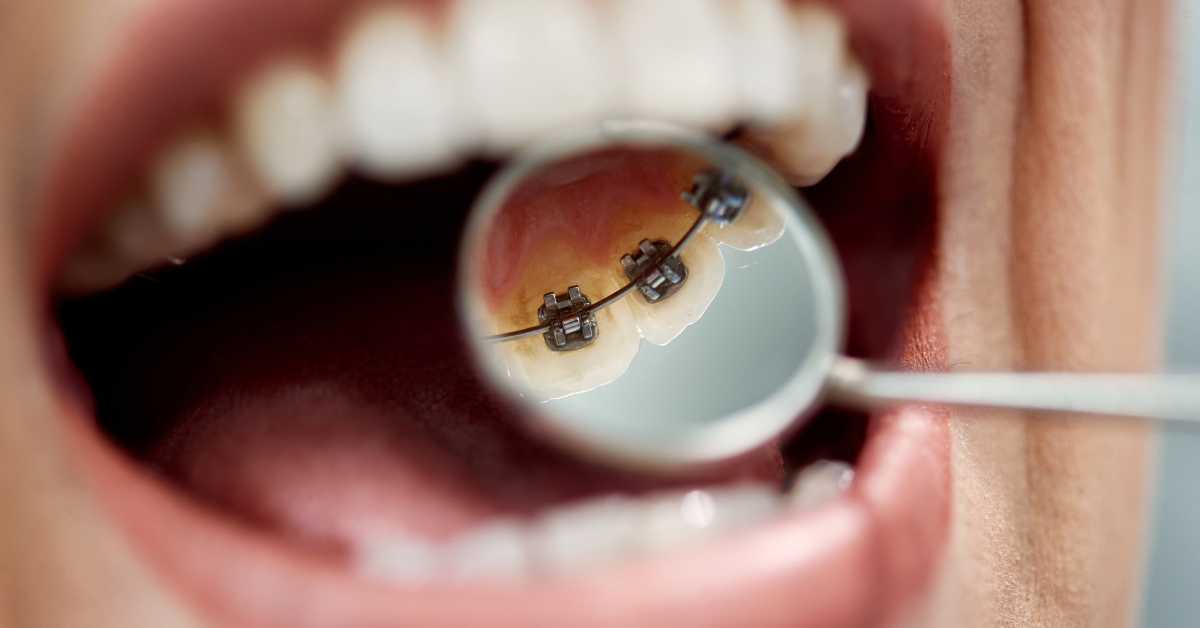 Lingual braces are the ones hidden behind your teeth, making them almost invisible when used to correct teeth bite problems.
Lingual braces are the ones hidden behind your teeth, making them almost invisible when used to correct teeth bite problems.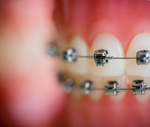
Metal Braces
Starts from RM6,000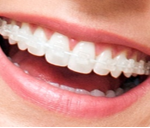
Ceramic Braces
Starts from RM7,000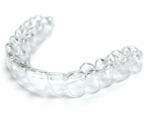
Dr Clear Aligners
Starts from RM5,500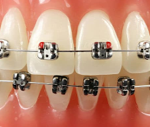
Self Ligating Braces
Starts from RM7,000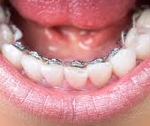
Lingual Braces
Starts from RM8,000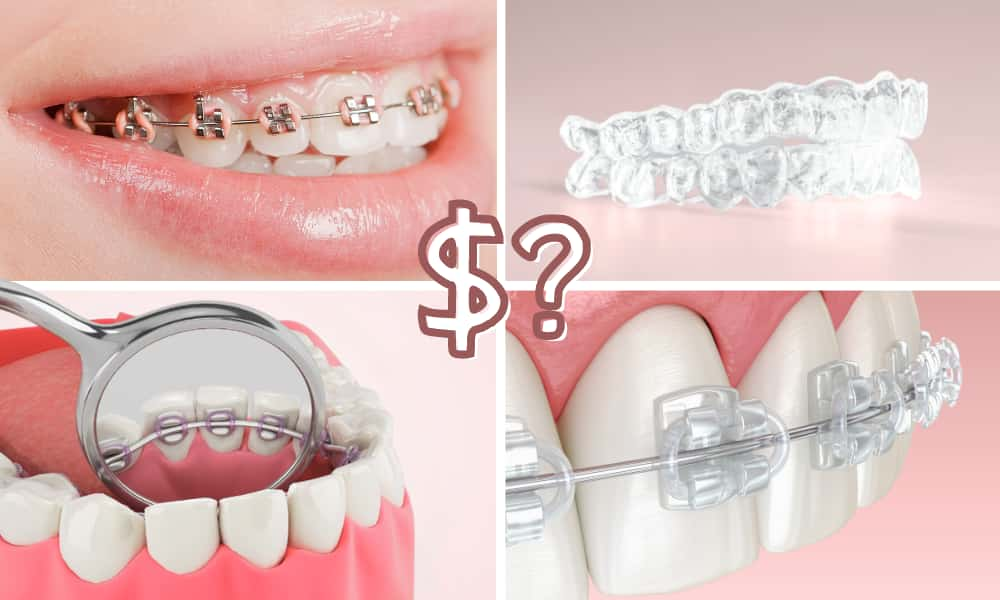 Discussing the dental braces cost in Malaysia can be complex, as it requires an initial consultation with your orthodontist. During this consultation, you will have the opportunity to express your concerns and make decisions that will impact the overall cost of your braces.
Let's explore the factors that contribute to determining the costs of your braces.
Discussing the dental braces cost in Malaysia can be complex, as it requires an initial consultation with your orthodontist. During this consultation, you will have the opportunity to express your concerns and make decisions that will impact the overall cost of your braces.
Let's explore the factors that contribute to determining the costs of your braces.